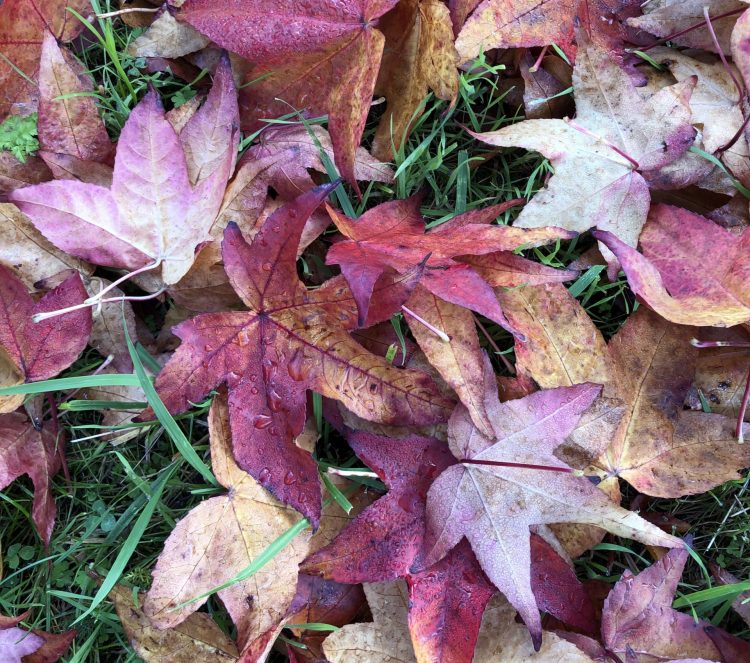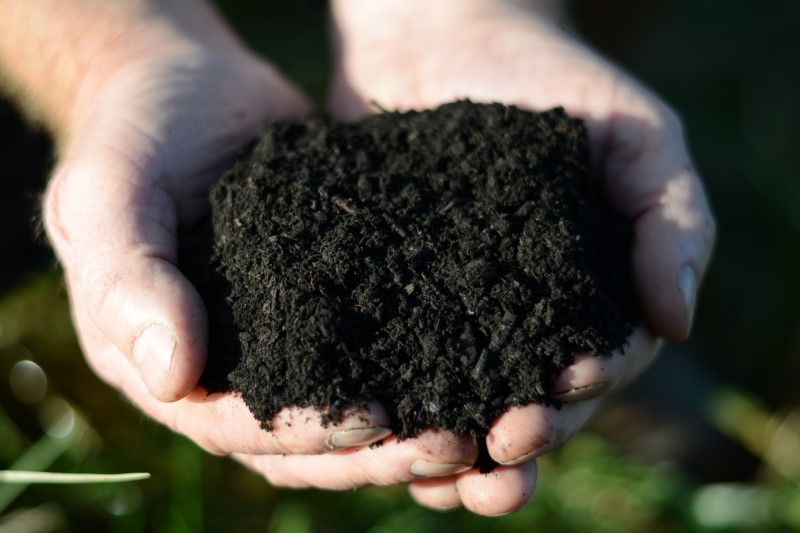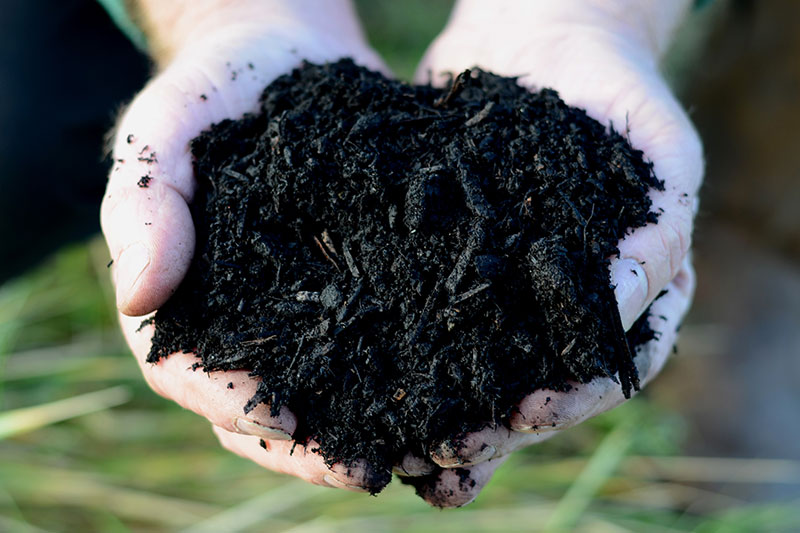Winter is approaching and there are many jobs you can do in the garden to prepare for the (more) cold and wet weather!
Despite the bad weather, there is also still many plants to sow and grow this month. Check out our last blog on what to grow in your garden this November.
1. Protect your plants:
Temperatures can plummet quickly, and even one night of frost can damage or kill garden plants.
- Apply autumn mulch to protect plants that are borderline hardy. For mulching in November, I would suggest Field No.1 Organic Soil Improver as it contains the least available plant nutrition (that isn’t required going into winter) but the highest quantity of organic matter, which improves the quality of the soil. Our Field No. 12 Nutrimulch is also suitable for winter and autumn mulching.
- Move plants into a sheltered, well-insulated place, e.g., greenhouse or conservatory.
- If the plant can’t be moved, cut squares of horticultural fleece to fit each plant, wrap this around them to protect against light frosts.
- Insulate outdoor containers from frost.
- It is also important to protect tender plants against not just frost, but gales and rain. So, raise patio pots/containers onto pot feet or bricks. This is to prevent waterlogging and the compost from freezing.
2. Pruning and Training:
November is a good time for this, as it is easier to see what you are doing now that most branches have no leaves.
- Lightly prune rose bushes; this reduced height will prevent wind-rock and prevent shallow-rooted bushes from becoming loose in soil by strong winds.
- Tie wall shrubs and climbers onto their supports to protect from wind damage.
3. Tidy your garden and lawn:
- Give your grass a light trim with the mower during mild weather (grass continues to grow in temperatures above 5 degrees).
- Remove fallen leaves from your lawn. This is so they don’t smother the grass or block out any sunlight or moisture.
- Regularly pick off and sweep up yellowing or dead leaves, and faded flowers before disease problems develop and spread.
- Gather these fallen leaves and store them in a bay or bin bags to make leaf mould. Keep them damp and mix them up/put a hole in the bag to add oxygen.
- The lawnmower is a great way to gather up fallen leaves at the same time as giving the lawn a final trim. Start with the mower on a higher setting, this will gather, chop and mulch leaves simultaneously, then lower the height for a second pass so the lawn is neat, tidy and trimmed.
November is also the perfect time to make bonfires (where safe and allowed); use garden waste, including infected plant parts and other excess debris that are unfit for composting.

4. Greenhouse maintenance:
- Clean and sterilise your greenhouse:
- Remove dead plant material from the floor.
- Clean pots and equipment.
- Using soap and water, clean any of the surfaces or panes.
- Wash down the outside of your greenhouse to remove algae and grime build up.
- Insulation:
- Use heat and/or insulation to keep your greenhouse frost free, e.g., fan, paraffin heater, bubble air insulation material.
- Attach insulation to the sides and north facing roofs.
- Retain warmth in the greenhouse by closing vents by mid-afternoon.
- Remove all shading plants from the greenhouse.
- Look after your greenhouse to prevent unwanted things like dirt, green algae, moss, pests and diseases from entering.
5. Machinery:
We want to ensure our mowers and hedge trimmers are working effectively next spring.
- Wash down and scrape off any encrusted grass or mud.
- Drain the petrol from the tank (unleaded petrol does not keep).
- Oil the blades and moving parts.
- Consider taking your mower in for a service.
- Put the machinery away somewhere dry and safe for winter.
6. Don’t forget the birds!:
Keep extra bird feeders and refill regularly, to keep birds fed during this sparse season.


